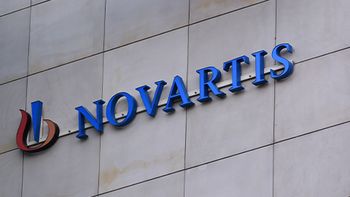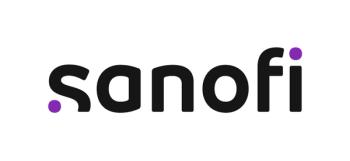
Drug prices climb another 3.1%
Prices for generic and brand-name pharmaceutical products rose a cumulative 3.1% in the last quarter of 1997, according to Plymouth Meeting, PA-based IMS America.
Prices for generic and brand-name pharmaceutical products rose a cumulative 3.1% in the last quarter of 1997, according to Plymouth Meeting, PA-based IMS America.
Prices for prescription pharmaceuticals went up consistently all year; they rose 2.3% in the first and second quarters and 2.9% in the third quarter. In comparison, drug prices held steadily at 2% or lower throughout 1996.
The upward swing is the result of severe price competition in the generic industry, said Myron Holubiak, general manager of IMS America's consulting branch. "[The recent climb in pharmaceutical prices] may be signaling the return of the need for the branded industry to maintain momentum in revenue and earnings growth through pricing strategies," Holubiak said.
Despite the trend, Holubiak noted, the 3.1% figure remains below the Producer Price Index of 3.4% and well below the rates of the 1980s, when drug prices peaked at more than 8% per year.
Overall, prices for generic drugs declined at a rate of 5.1% in the fourth quarter of 1997, while prices for brand-name products increased at a rate of 4%. Prices for top-selling brand-name products, however, rose at lower-than-average rates. In the overall market, they were on par at 3.1%, but in the retail pharmacy sector - which accounts for approximately 72% of overall sales dollars - prices for top-selling pharmaceuticals climbed 3.6%. Overall, prescription prices for all drugs in the retail sector rose 3.8%.
The moderately higher drug prices are not responsible for the 11.8% growth in retail and non-retail sales, however, according to Holubiak. Growth in 1997 was driven primarily by the sales of new products and line extensions. "These results reflect the advances in drug therapies and the therapy programs encouraged by managed care plans," he said. PR
Newsletter
Lead with insight with the Pharmaceutical Executive newsletter, featuring strategic analysis, leadership trends, and market intelligence for biopharma decision-makers.




